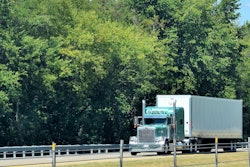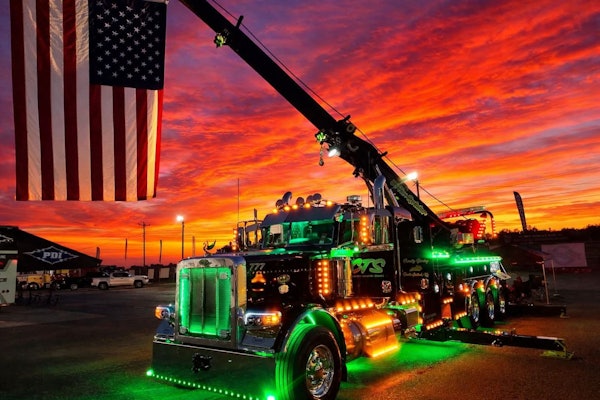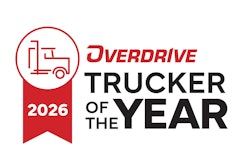Conditions in freight lanes are changing, and that’s nearly always been the case. But the faster pace of personal and business environments in our era, with information technology greasing the skids, mean those changes catch up with truck drivers as well as fleet owners big and small that much more quickly.
With more and more artificial intelligence taking over our choices, feeding us information gleaned from our internet searches or frequent-shopper cards (to say nothing of freight info), some third parties now not only influence our decisions but predict what we will purchase and when.
I’m just one of hundreds of thousands of truck-owning independent contractors, as the IRS likes to call us. But is it even possible to have a truly independent business anymore? Or rather a more fundamentally useful question: How much longer can owner-operators hold on to the way we have conducted business through history?
More than anything, large or small customers want convenience. Certainly more than relationships. Think drive-through fast food and overnight internet delivery to your doorstep. This change has accelerated with information technology into a new model underlying nearly everything bought or sold: “I want what I want, and I want it now!”

If you’ve been tuned into available freight metrics, you know how much shorter freight lanes have become. Learning to select loads is difficult enough for new owner-ops but when the experienced owner is challenged to unlearn decades of standard operating procedure the stress can be overwhelming. Our business connections are severed when people retire, companies are sold or closed. New companies have new ideas and are not going to revert to our SOP, as too many want to believe.
Quick-changing conditions affect carriers large and small. A recent broadcast detailed how one of the largest carriers got caught off guard after hiring too many drivers when their contracted freight lanes fell short – they had to enter the spot market to try and find work, more competition for so many of us. I have some company driver friends who’ve moved this first quarter because their prior fleets didn’t have enough freight to haul. What a dramatic shift from 12 months ago.
Are these changes all doom and gloom? They don’t have to be. Our challenge is learning the technology that provides us with usable, actionable information. Be careful not to just follow the crowd. Investigate your information sources. Know what you have control over. Don’t dwell on things you can’t change.
The people who are going to adjust best, as has always been the case, will be independent thinkers with high-level critical thinking skills in the toolbox.
Yet continuing education isn’t easy. Take advantage of the technologies that free you up. A good example is our ELDs. If you don’t understand all the complexities of the hours of service now, what’s going to happen when the forthcoming changes go into effect? Just because we likely won’t have to stop for a mandatory 30-minute, or we might get some new split-sleeper options, all problems will not evaporate with last night’s dew.
Understand the HOS options. Can you do the math for the 8/2 split now? What’s going to happen if you get a more lenient version with a variety of possible combinations? These changes aren’t going to suddenly be some magic pill. They’ll create different problems that you must solve to use to your advantage. Becoming a trusted problem solver, not just for yourself, but for your customer, may just be your ticket to much more than survival – to a thriving business and personal lifestyle.










